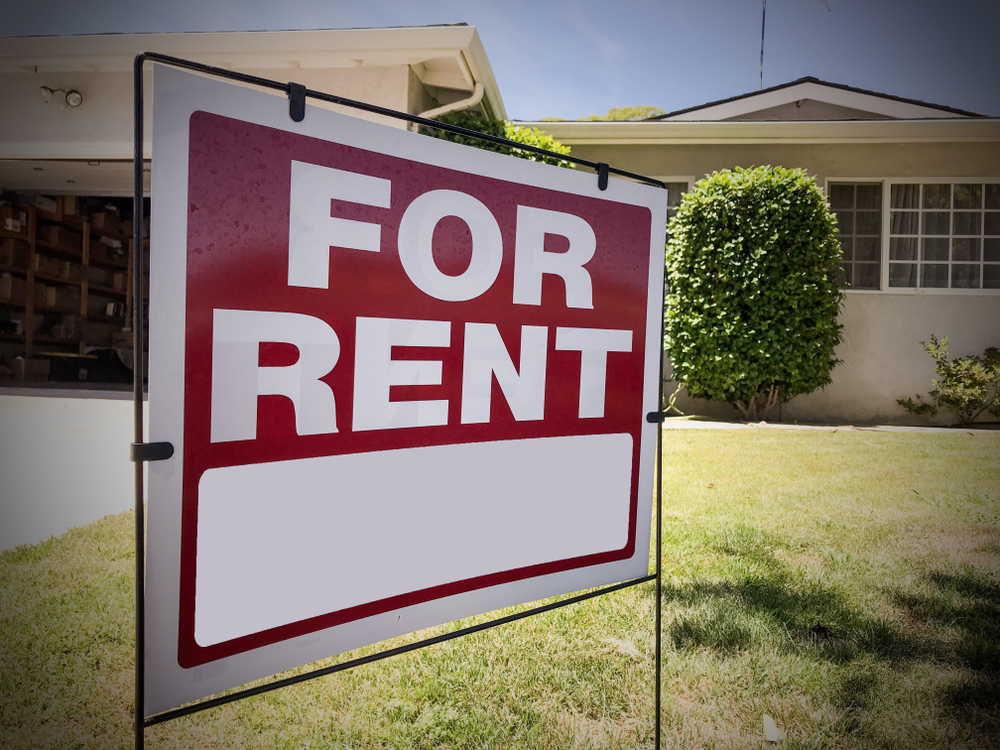* This is an excerpt from Business or Hobby? Active or Passive?
Due to depreciation, rental activities often generate net losses. Since rental activities are generally automatically passive under Code Sec. 469(c)(2) and (4), irrespective of whether the taxpayer materially participates, losses from rental activities are subject to the passive activity loss limitation rules. There are some exceptions, however. The first $25,000 of rental real estate losses may be deducted against nonpassive income by taxpayers that meet an active participation test. Also, rental real estate losses are fully deductible:
- on rental real estate of a real estate professional if the professional materially participates in the rental real estate activity (Reg. Sec. 1.469-9(e)(1))
- on the sale of a rental property to an unrelated party in a fully taxable transaction (Code Sec. 469(g))
- when the rental activity has been properly grouped under Reg. Sec. 1.469-4(d) with a business activity and the property is used in the business activity.
In the case of any natural person, a deduction of up to $25,000 ($12,500 if married filing separately) is allowed for that portion of the passive activity loss, or the deduction equivalent of the passive activity credit for any tax year, which is attributable to all rental real estate activities with respect to which the individual actively participated (i.e., the active participation standard) in such tax year (and if any portion of such loss or credit arose in another tax year, in such other tax year) (Code Sec. 469(i)(1) and (2)). Thus, the deduction is applied on an aggregate basis and not to each individual rental activity. The $25,000 (or $12,500 if married filing separately) is subject to a phaseout for individuals with modified adjusted gross income above $100,000 (or $50,000 if married filing separately). For every $2 of modified adjusted gross income that exceeds $100,000 (or $50,000 if married filing separately), the special allowance is reduced by $1 (Code Sec. 469(i)(3)(A); Code Sec. 469(i)(5)(A)(ii)). Thus, for example, when the adjusted gross income of a single taxpayer who meets the applicable requirements exceeds $150,000, the taxpayer cannot take advantage of the special allowance. At that point, rental real estate losses are deductible only to the extent of passive income (Code Sec. 469(i)(5)(A)).
The difference between active participation and material participation is that the former can be satisfied without regular, continuous, and substantial involvement in operations, so long as the taxpayer participates, e.g., in the making of management decisions or arranging for others to provide services (such as repairs), in a significant and bona fide sense. Management decisions that are relevant in this context include approving new tenants, deciding on rental terms, approving capital or repair expenditures, and other similar decisions. Thus, the active participation standard is a lower standard than the material participation standard. Unlike the material participation requirements, there are no specific hourly requirements. It is possible that the taxpayer can meet the active participation standard for a rental property even when there is an on-site manager or a real estate agent handling the property. However, the taxpayer must be exercising his independent judgment and not simply ratifying the decisions made by the manager (Madler v. Comm’r, T.C. Memo. 1998-112).
Read here to learn more about Business or Hobby? Active or Passive?.
*This is for information purposes only and is not a substitute for legal advice or recommendations.
Read More related articlesRelated Topics
* This is an excerpt from Business or Hobby? Active or Passive?
The deduction of expenses from an activity that is not engaged in for profit generally is limited to the amount of gross income derived from that activity. In other words, a loss from an activity that a taxpayer does not engage in for profit cannot be used to offset the other income of the taxpayer. In such a case, the taxpayer must take deductions attributable to the activity in the following order and only to the extent stated in the following three categories:
Category 1 Deductions
Deductions the taxpayer can take for personal as well as for business activities are allowed in full. For individuals, all nonbusiness deductions, such as those for home mortgage interest, taxes, and casualty losses, fall into this category.
Category 2 Deductions
Deductions that do not result in an adjustment to the basis of property are allowed next, but only to the extent the taxpayer’s gross income from the activity is more than the deductions under the first category. Most business deductions, such as those for advertising, insurance premiums, interest, utilities, and wages, fall into this category.
Category 3 Deductions
Business deductions that decrease the basis of property are allowed last, but only to the extent the gross income from the activity exceeds the taxpayer’s deductions under the first two categories. Deductions for depreciation, amortization, and the part of a casualty loss an individual could not deduct in Category 1 belong in this category (Code Sec. 183(b); Reg. Sec. 1.183-1(b)).
For individual taxpayers, these deductions may be taken only if deductions are itemized. Individuals take the Category 1 deductions on the appropriate lines of Schedule A (Form 1040). Individuals take the Category 2 and 3 deductions as miscellaneous deductions on Schedule A (Form 1040).
Read here to learn more about Business or Hobby? Active or Passive?.
*This is for information purposes only and is not a substitute for legal advice or recommendations.
Row crop enterprise budgets are updated annually by Extension personnel to reflect recommended management practices for production on a per acre basis. Projected costs are gathered from multiple industry sources and a higher than average projected yield are used to estimate the associated cost for that level of production. Producers should review these budgets and use the values that best reflect the cost on their operation. Budgeting is an important part of profitable cotton production. The northern irrigated cotton budget is available as both as an Excel spreadsheet and a PDF file.
See other row crop enterprise budgets that are also available for download.
Take the Survey
The Alabama Extension farm and agribusiness management team is currently evaluating the format and details of these enterprise budgets. Please take a minute or two and fill out the short, five-question survey below, and tell us what you think. These surveys will help better Extension programs, and your input is valued!
For questions about accessibility or to request accommodations, contact Extension Communications and Marketing at 334-844-5696 or extcomm@aces.edu.
Row crop enterprise budgets are updated annually by Extension personnel to reflect recommended management practices for production on a per acre basis. Projected costs are gathered from multiple industry sources and a higher than average projected yield are used to estimate the associated cost for that level of production. Producers should review these budgets and use the values that best reflect the cost on their operation. Budgeting is an important part of profitable peanut production. The irrigated peanut budget is available as both as an Excel spreadsheet and a PDF file.
See other row crop enterprise budgets that are also available for download.
Take the Survey
The Alabama Extension farm and agribusiness management team is currently evaluating the format and details of these enterprise budgets. Please take a minute or two and fill out the short, five-question survey below, and tell us what you think. These surveys will help better Extension programs, and your input is valued!
For questions about accessibility or to request accommodations, contact Extension Communications and Marketing at 334-844-5696 or extcomm@aces.edu.


